- No products in the cart.
Xylene Nazal Spray. 0.1 ml of 15%
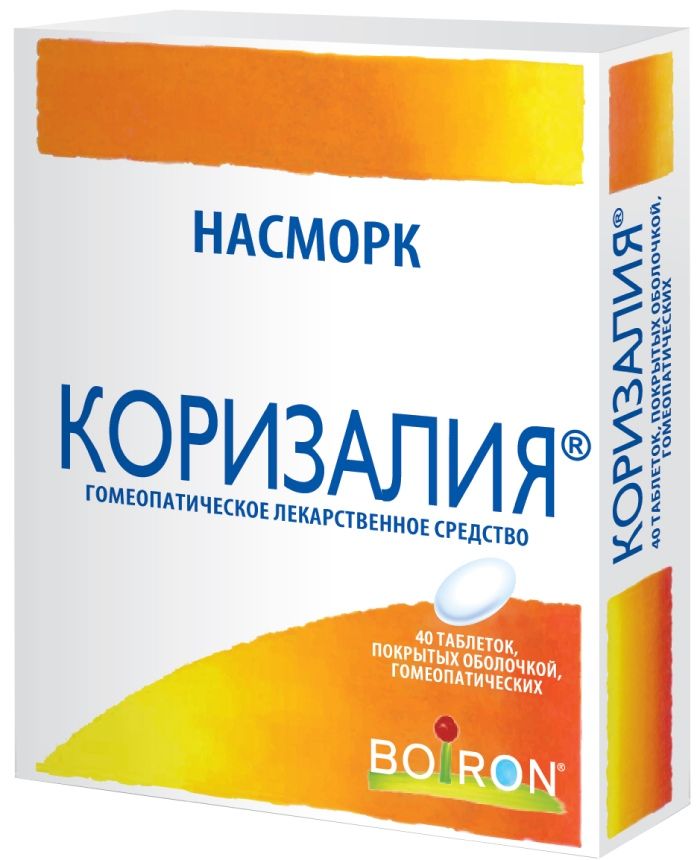
Korizaliya Tab n / a film about homeopathic 40 pc
$9.68
Rinostop extra 0.025% nasal spray 15ml fl.plast
$4.74
$2.67
Xylene Nazal Spray. 0.1 ml of 15%
Description
Composition
Active substance:
1 ml contains: Xylometazoline hydrochloride 0.5 mg or 1 mg.
Excipients:
Disodium edetate, 0.5 mg / 0.5 mg sodium hydrogen phosphate dihydrate 2 mg / 2 mg sodium dihydrogen phosphate dihydrate 2 mg / 2 mg sodium chloride 7.4 mg / 7.3 mg, benzalkonium chloride 0 , 1 mg / 0.1 mg, purified water, 991.5 mg / 991.1 mg.
Description:
Transparent colorless liquid.
Product form:
Nasal Spray 0.05% and 0.1%. 10 ml 15 ml of the product in the dark glass vial equipped with a multidose sprayer with a tip and a protective cap made of polyethylene. C. By the bottle 1 together with instructions for use placed in a cardboard box.
Contraindications
Increased sensitivity to the drug, hypertension, tachycardia, expressed atherosclerosis, glaucoma, sicca and atrophic rhinitis, hyperthyroidism, post transsphenoidal hypophysectomy, surgical interventions in the meninges (history), pregnancy, children up to 2 years (ksimelin 0 , 05%); children up to six years (ksimelin 0.1%). Do not use the drug in the therapy or monoamine oxidase inhibitors tricyclic antidepressants, including the period of 14 days after their withdrawal.
Be wary Sugar rafineries diabetes; pheochromocytoma; porphyria; breastfeeding; diseases of the cardiovascular system including Coronary artery disease, angina III – IV functional class; prostatic hyperplasia; hypersensitivity to adrenergic drugs accompanied by insomnia, dizziness, arrhythmia, tremor, increased blood pressure.
Dosage
1 mg / ml
Indications
Acute rhinitis (including background acute respiratory diseases and allergic rhinitis) hay fever, sinusitis, evstahiit, otitis media (to minimize swelling of nasal mucosa). Preparing the patient for diagnostic procedures in the nasal passages.
Interaction with other drugs
Xylometazoline is contraindicated in patients receiving MAO inhibitors or tricyclic antidepressants, including the period of 14 days after their withdrawal. The simultaneous use of tri- or tetracyclic antidepressants and sympathomimetic drugs can lead to increased sympathomimetic effect of xylometazoline, however such combinations should be avoided.
Overdose
Xylometazoline local administration of excessive doses or accidental ingestion can cause severe dizziness, increased sweating, drowsiness, a sharp decrease in body temperature, headache, bradycardia, hypertension, respiratory depression, coma and convulsions. Following the increase in blood pressure can be observed its sharp decline. C. Appropriate supportive measures should be taken in any suspected overdose, in some cases shown immediate symptomatic treatment under the supervision of a physician. These should include monitoring the patient for several hours. In case of severe poisoning with cardiac arrest CPR should be continued for at least 1 hour.
pharmachologic effect
Pharmacological group:
This preparation is a decongestant – alpha-agonists.
Pharmacological properties:
Xylometazoline refers to a group of local vasoconstrictive agents (decongestants) with alpha-adrenomimeticheskim action causes vasoconstriction of nasal mucosa, eliminating mucosal swelling and nasal congestion. Facilitates nasal breathing. At therapeutic concentrations do not irritate the nasal mucosa, does not cause flushing. Effect occurs within 2 minutes after application and lasts for 10 – 12 hours. In vitro studies have shown that ksilometazolin inhibit the infectious activity of the human rhinovirus, which causes “cold.”
Pharmacokinetics:
When applied topically, practically not absorbed, the plasma concentrations are so small that they can not identify with modern analytical methods.
Pregnancy and breast-feeding
During pregnancy, the use of the drug is contraindicated.
During the period of breastfeeding medication should be used only after careful evaluation of the ratio of benefits to the mother and the risk to the child is not allowed to exceed the recommended dose.
Conditions of supply of pharmacies
Without recipe.
side effects
The classification of the frequency of occurrence of adverse reactions: very often (> 1/10); common (> 1/100, 1/1000, 1/10000,
Violations by the immune system:
Very rare: hypersensitivity reactions (angioedema, rash, pruritus).
Disorders of the nervous system:
Rarely: depression (with prolonged use at high doses).
Very rare: anxiety, fatigue, headache, insomnia, hallucinations and convulsions (mainly in children).
Violations by the organ of vision:
Very rare: impaired definition of visual perception.
Violations of the heart:
Rare: palpitations, increased blood pressure;
Very rare: tachycardia, arrhythmia.
Violations of the respiratory system, thorax and mediastinum:
Often, irritation and / or dryness of the nasal mucosa, burning, stinging, sneezing, hypersecretion of the mucous membrane of the nasopharynx.
Uncommon: nasal congestion (reactive hyperemia), particularly after long-term and frequent use.
Disorders of the gastrointestinal tract:
Often nausea.
Rare: vomiting, stomach discomfort.
If any of these instructions side effects are compounded, or if you notice any other side effects not mentioned in the instructions, tell your doctor.
special instructions
Not recommended for use in continuous operation for more than 10 days. Do not exceed the recommended dose, especially in children and the elderly. Long term (over 10 days) or excessive use may cause the effect of “rebound” (rhinitis medicamentosa) and / or atrophy of nasal mucosa. If after this time the symptoms persist, seek medical advice.
The effect on the ability to operate a vehicle or equipment
The drug at the recommended doses does not affect the ability to drive.
Storage conditions
At a temperature of not higher than 25 C.
Keep out of the reach of children.
Dosing and Administration
Intranasally. 0.05% spray for children from 2 to 6: 1 injection into each nasal passage 1-2 times a day; should not be used more than 3 times a day. 0.1% spray for adults and children over 6 years: 1 injection into each nasal passage (can be repeated if necessary); should not be used more than 3 times a day. The drug is administered not more than 10 days. The drug in children should be used under adult supervision only.
One injection ksimelin 0.05% contains about 35 micrograms xylometazoline hydrochloride; One injection of 0.1% ksimelin contains about 140 mg Xylometazoline hydrochloride.
Information
Appearance may differ from that depicted in the picture. There are contraindications. You need to read the manual or consult with a specialist
Additional information
| Weight | 0.100 kg |
|---|---|
| Manufacturer | xylene |

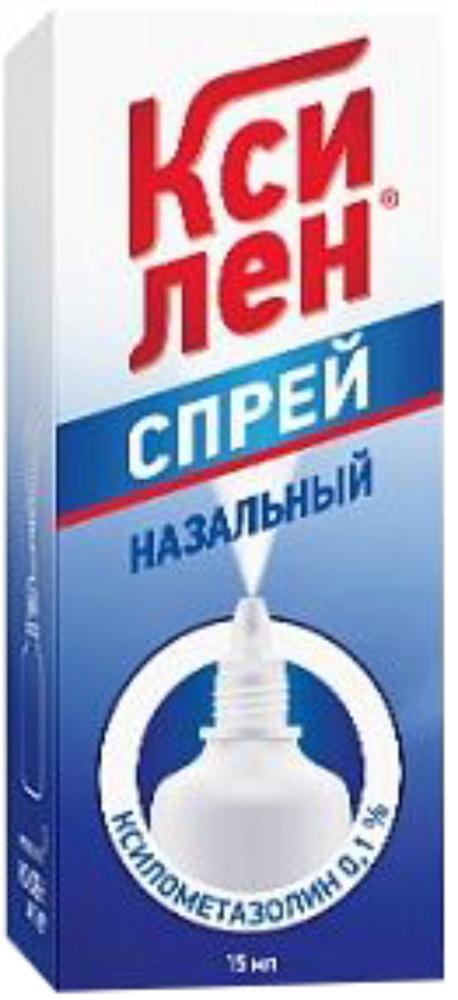
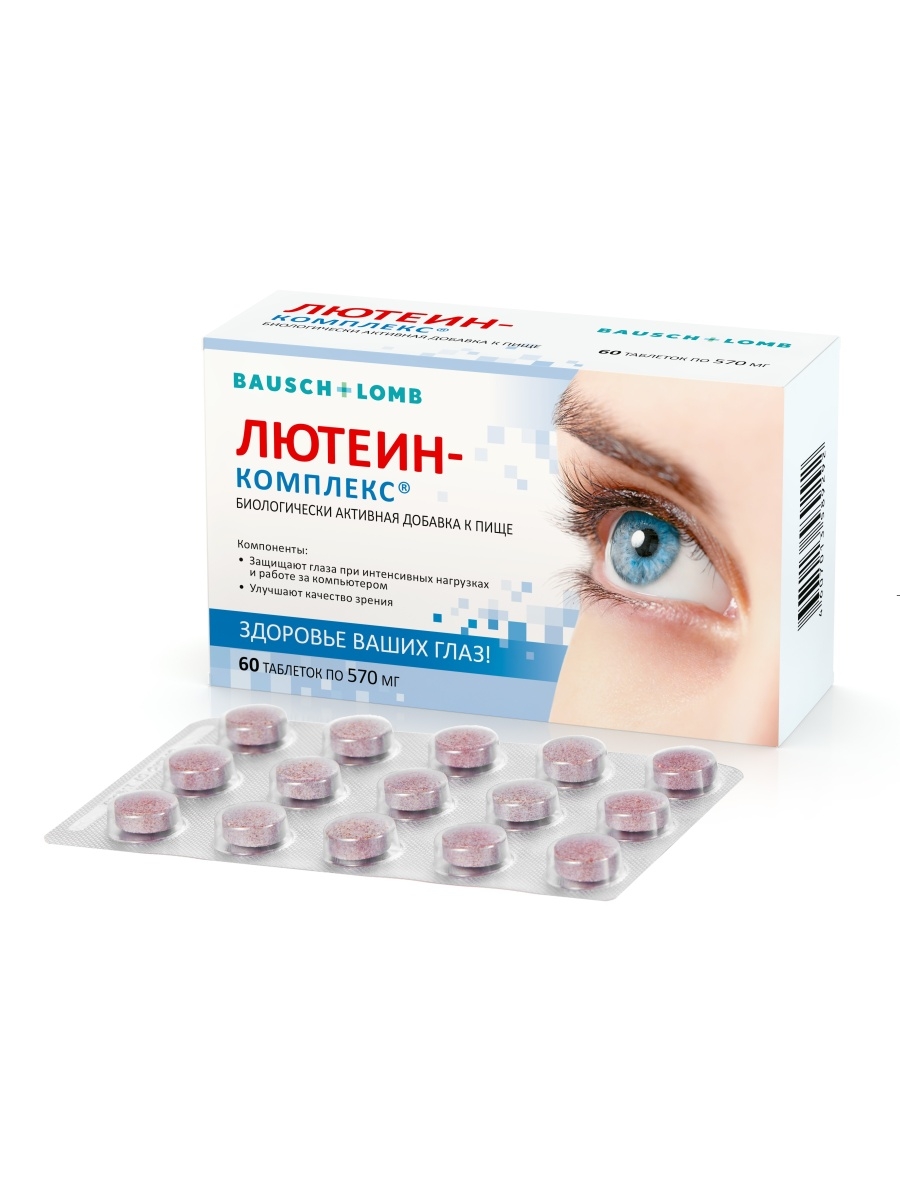
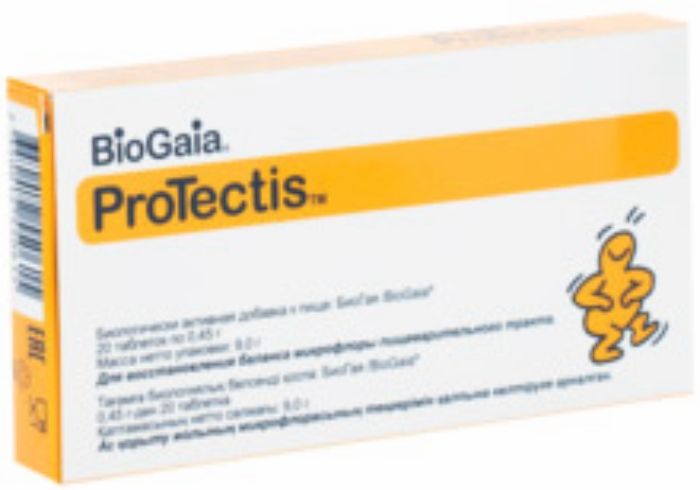
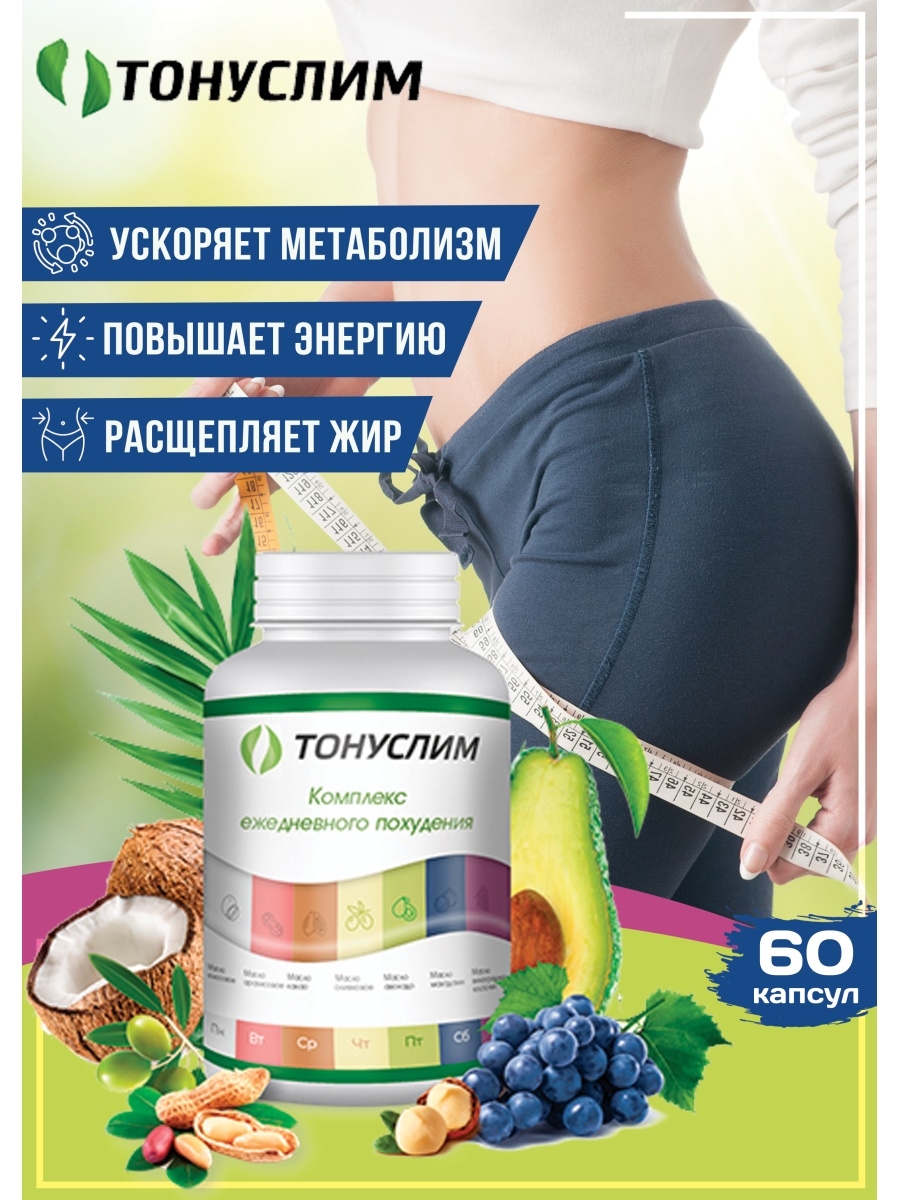
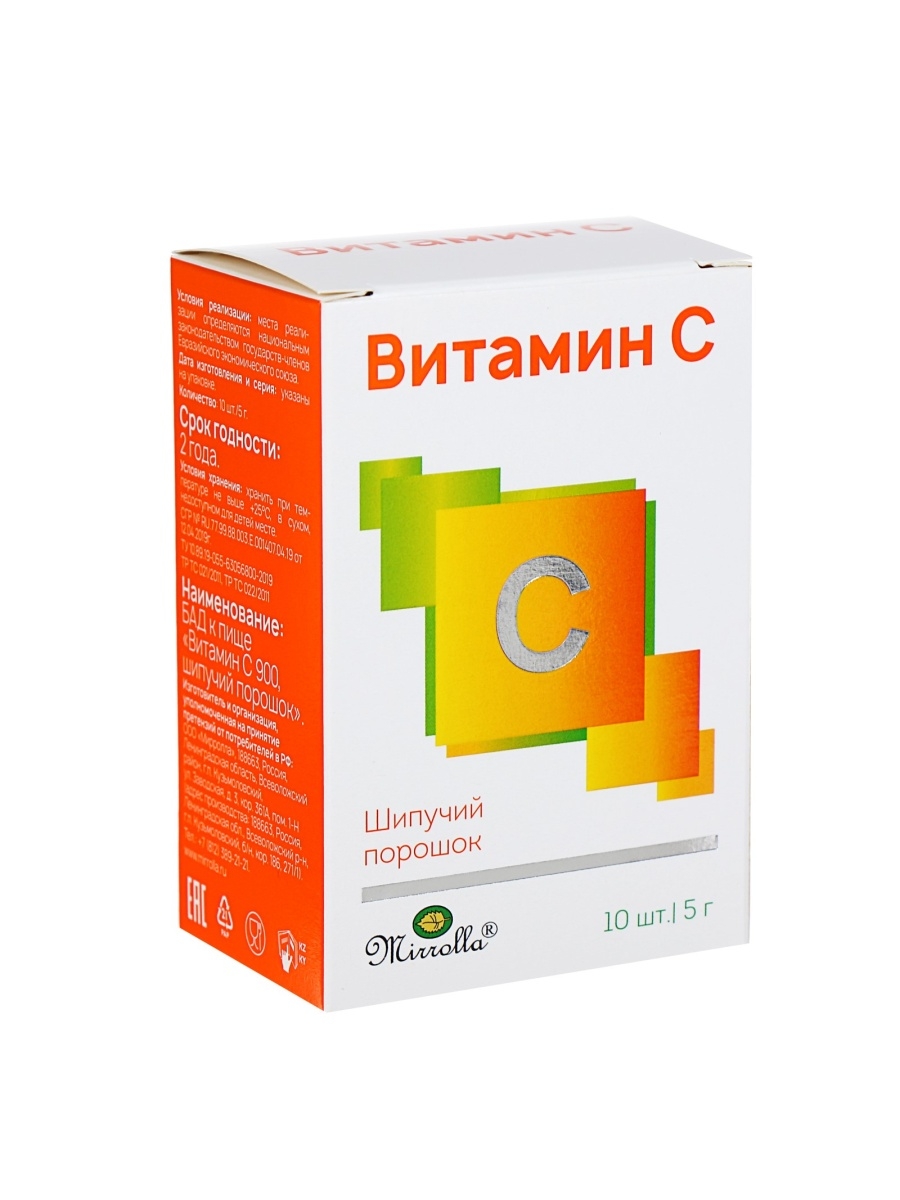
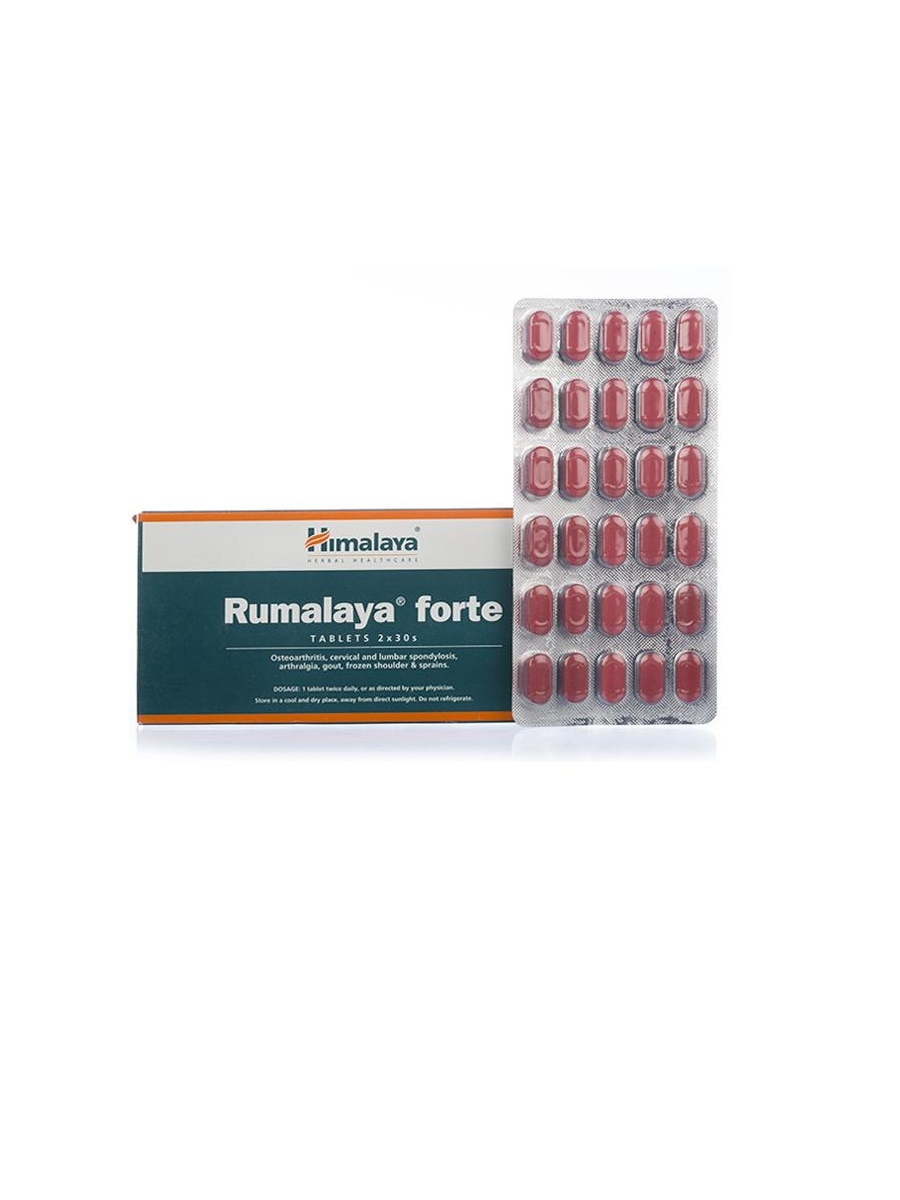
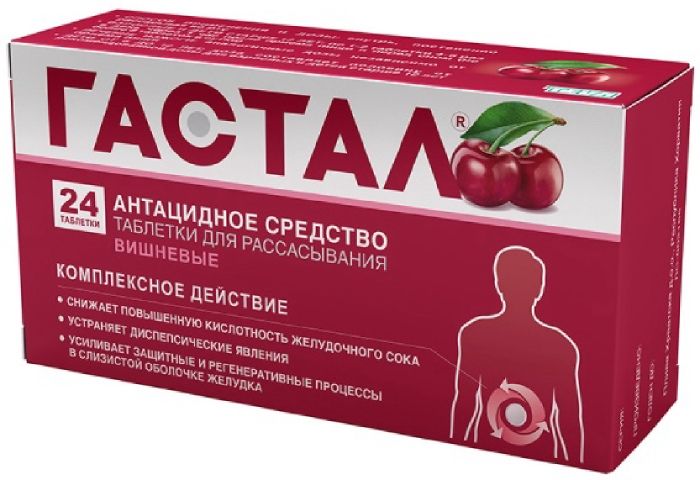




There are no reviews yet.